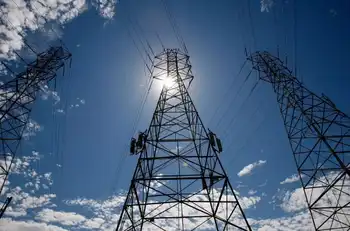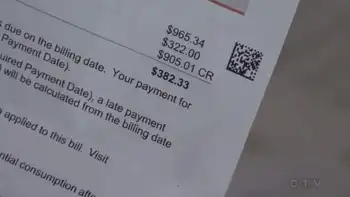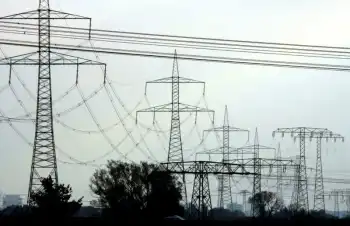Caribbean clean energy gets boost from grant funds
By United Press International
Arc Flash Training - CSA Z462 Electrical Safety
Our customized live online or in‑person group training can be delivered to your staff at your location.

- Live Online
- 6 hours Instructor-led
- Group Training Available
The funding was pledged as grants from the Global Village Energy Partnership, an international non-profit organization that seeks to reduce poverty through accelerated access to modern energy services, and Deutsche Gesellschaft fuer Technische Zusammenarbeit, based in Eschborn, Germany.
GTZ is an international cooperation enterprise that promotes complex reforms and change processes in tough conditions in poor countries, to enable people to improve lives on a sustainable basis. GVEP International is based in London.
Caribbean countries were hit hard by the credit crunch brought on by the recession and accompanied by high energy costs.
Petrocaribe and other regional arrangements providing energy on special payment terms have not helped to alleviate conditions in communities that cannot afford crude oil and other conventional fuel imports, but also lack resources to explore or switch to sustainable energy sources.
The region is currently benefiting from biofuel development projects funded by U.N. agencies, but analysts say progress is slow.
The grants were channeled through an "IDEAS" contest for innovative uses of local conditions and materials to produce clean energy.
The contest was launched in March by joint sponsors GVEP, GTZ, the Inter-American Development Bank and the government of South Korea.
The contest received more than 1,000 proposals for improving energy efficiency and expanding access to renewable energies in Latin America and the Caribbean.
Winning entrant Ken Aldonza, director of Applied Renewables Caribbean, and two colleagues received $198,000 to develop a plant using excess and waste bananas to produce ethanol for use in transport fuel on the island of St. Lucia. The plant will be self-sufficient in energy, NewNet information service for new energy reported.
Bob Hathaway, a naval architect, will receive $83,000 to build an indirectly charged solar ferry to reduce damage to the island's ecosystem caused by traditional stroke engines.
GVEP funding will also go into production of bio-ethanol from cheese waste in Chile, turbines for slow-moving rivers serving remote communities in the Amazon and pico-hydro franchises for rural Honduras.
The Ashden Award for Sustainable Energy has also called for entries by October 20 for regional programs. Six winners will receive about $30,000 each and about $60,000 will go to an overall "Energy Champion" selected to send a strong message of sustainability to the Caribbean and Latin American region.
Prince Charles, heir to the British monarchy, who presented the prizes in 2009, said the awards "demonstrate what is possible, not only for small-scale projects, but what is achievable for the whole world. So much of what we need to build cleaner and more efficient communities is already with us."











